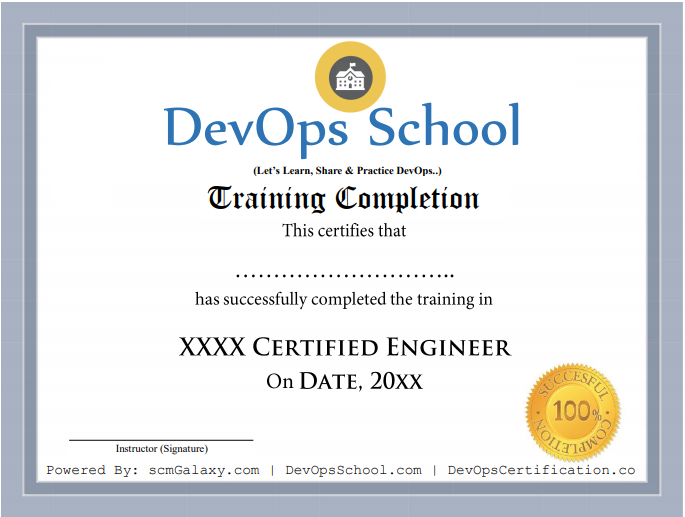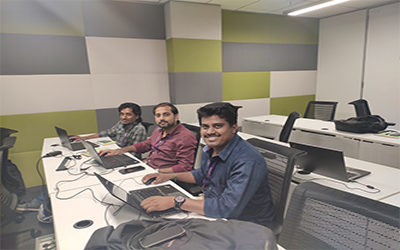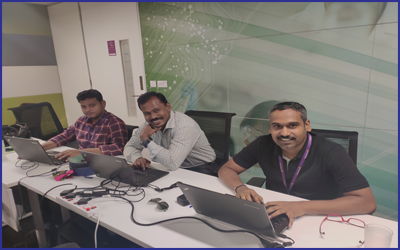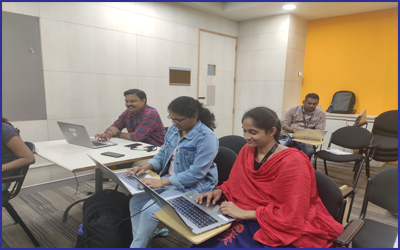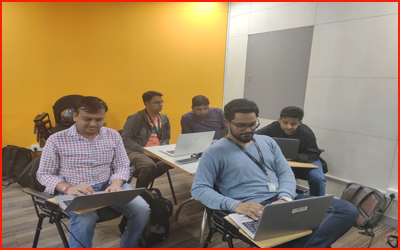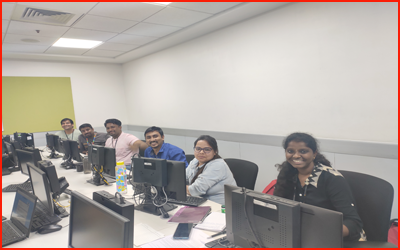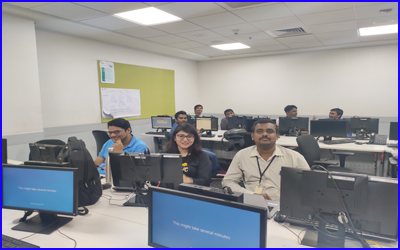8000+
Certified Learners
15+
Years Avg. faculty experience
40+
Happy Clients
4.5/5.0
Average class rating
Course Introduction
Site Reliability Engineering (SRE) is focussed on maintaining systems in production. It is Monitoring tools that are used to detect production issues early and feedback from such issues and the related fixes are fed back into operational processes to build a more robust infrastructure and to deploy code error-free. SRE is mostly concerned with the reliability of web or other distributed software services. SREs are involved in the reliability aspects of software from the very beginning.
How DevOpsSchool will help in Site Reliability Engineering (SRE) Training & Courses
Site Reliability Engineering(SRE) Training courses in India and worldwide by DevOpsSchool that will prepare you for a career. We offer the best Site Reliability Engineering(SRE) Training, DevOps training, Course and Certification by experienced trainer. We provide the largest number of Professional Courses, Training & Certification in Online and classroom mode in India and abroad as well based on advance technology. Our DevOps Trainer will teach you from scratch level to Advanced level with quality training.


